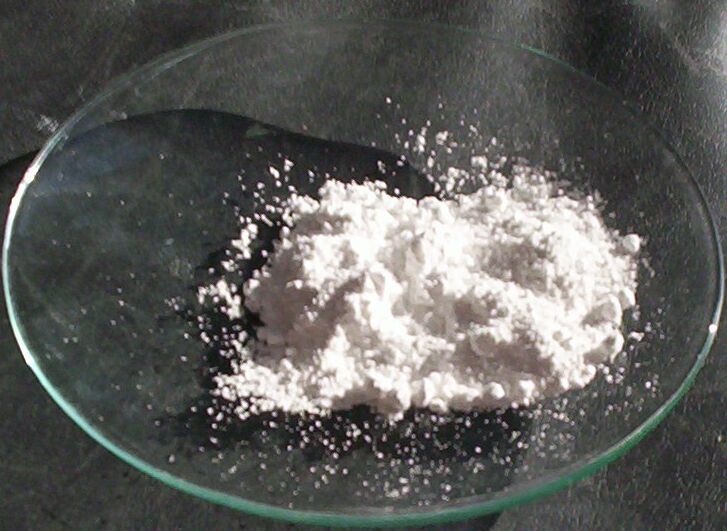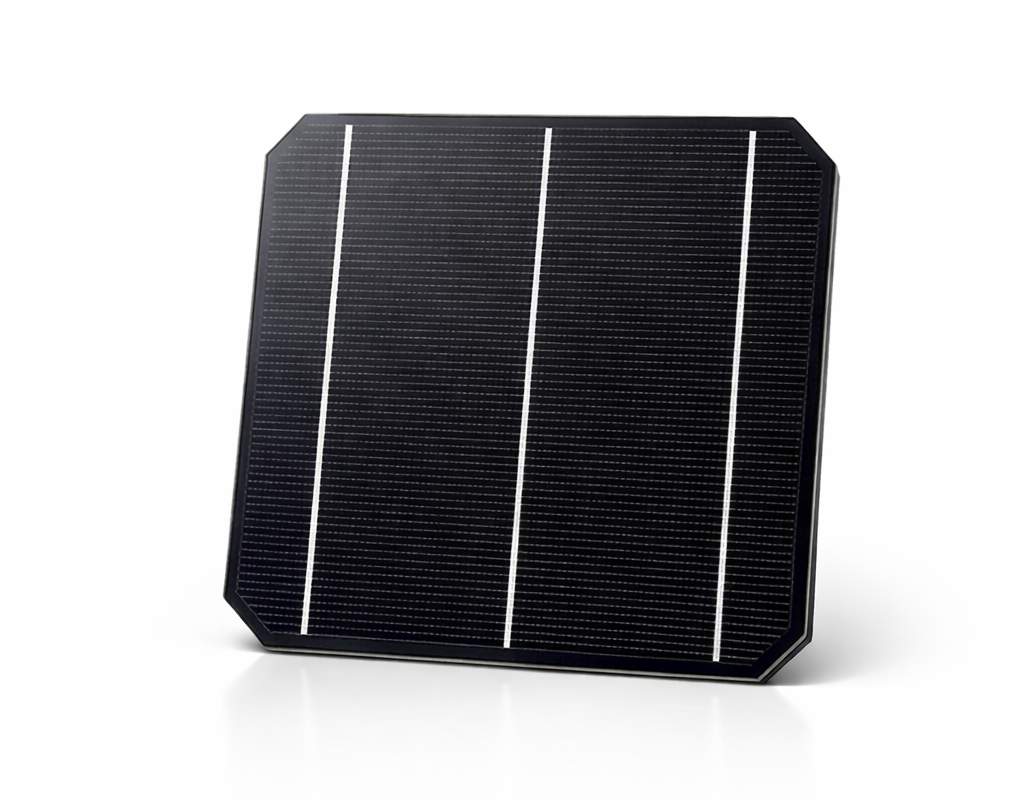Scientists at Australia’s Queensland University of Technology have developed a quantum dot, titanium dioxide (TiO2) solar cell they claim offers better efficiency more cheaply than traditional crystalline silicon cells, as well as being more eco-friendly.
The researchers claim the cell boasts 24% efficiency, more than double the 8-11% lab-level performance observed in standard TiO2 quantum dot devices.
Some photons become trapped in the interface between nanocrystals in typical TiO2 quantum dot cells but the Queensland team claim to have removed the problematic interfaces.
“Our nanowire design eliminates the interface inside the TiO2 band, as it’s just a single layer of QD [quantum dot] -coated TiO2,” said research coordinator Ziqi Sun. “If we can remove this disordered interface, we can improve efficiency.”
Commercial production
The nanowire crystal used for the cell was assembled in China with an advanced transmission electron microscope.
The research group said their cell concept could be expanded to bring the technology to production.
Most dye-sensitized – Grätzel – solar cells are based on titanium dioxide thin film – a cheap and harmless, water-insoluble inorganic material which is commercially available and widely used in industrial applications.
Low efficiency has remained the chief obstacle preventing such materials competing with crystalline silicon cells to date.
Titanium has also been used recently to raise the efficiency of perovskite cells. Research projects of that nature have been carried out by Japan’s Kanazawa University and scientists from Russia’s National University of Science and Technology and Rome’s Tor Vergata University.
This content is protected by copyright and may not be reused. If you want to cooperate with us and would like to reuse some of our content, please contact: editors@pv-magazine.com.




That’s amazing. How long do they hold up?
What is the opstcal prevent use the nano titaniom in solar ceel